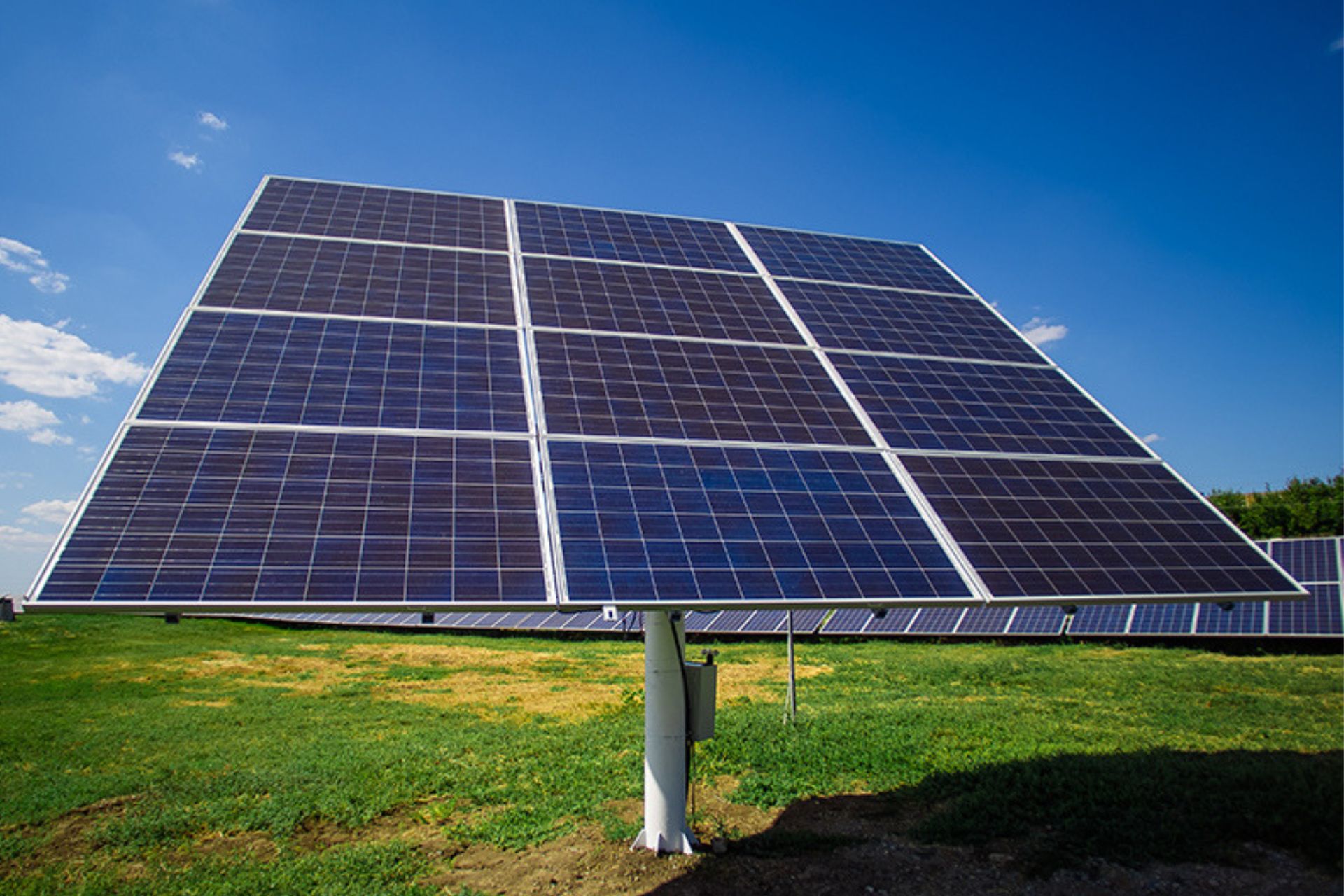An on-grid solar system, also known as a grid-tied or grid-connected system, is a solar power setup designed to work in conjunction with the electrical grid. These systems involve the installation of solar panels on rooftops or ground-mounted arrays, which capture sunlight and convert it into electricity using photovoltaic (PV) technology.
What sets on-grid systems apart is their connection to the local electrical grid, enabling a two-way flow of electricity. During sunny periods when excess electricity is generated, it can be sent back to the grid. This surplus electricity can be credited to the system owner, leading to energy cost savings.
On-grid solar systems provide a reliable source of electricity, as they can draw power from the grid when solar generation is insufficient, such as at night or during cloudy days. They reduce reliance on fossil fuels, resulting in a lower carbon footprint and reduced greenhouse gas emissions, contributing to a more sustainable and environmentally friendly energy mix. Many regions offer financial incentives, such as tax credits or rebates, to encourage the adoption of on-grid solar systems, making them more affordable. These systems also support grid stability by providing clean energy when available and drawing power from the grid when needed. Overall, on-grid solar systems are a sustainable and cost-effective energy solution that seamlessly integrates with the local electrical grid.

